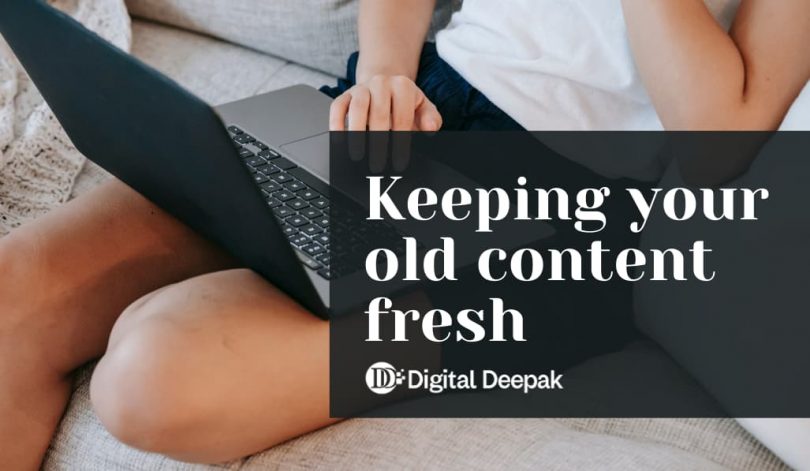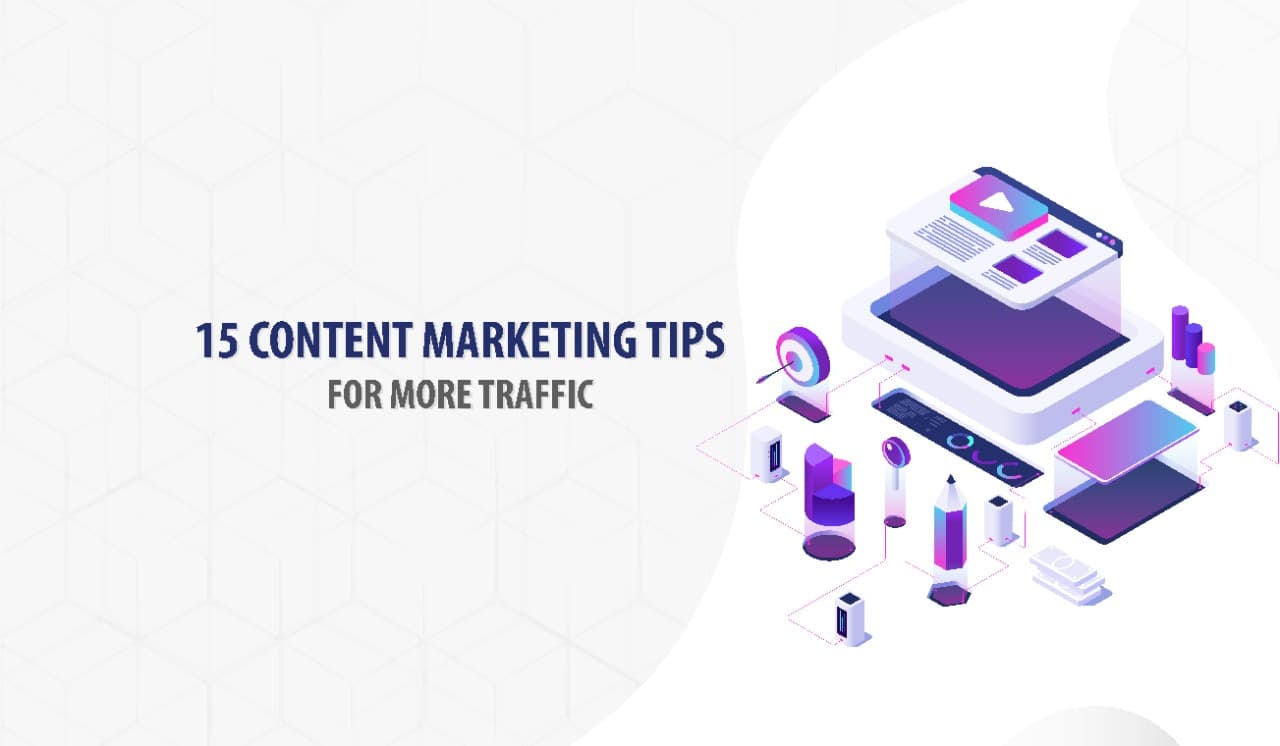The old brain loves to linger on things it remembers. We, humans, are visual learners. When something looks familiar, our brain registers it as being important and deserves our attention.
This is why nostalgia is such a powerful force in content marketing. If you’re trying to inject new life into an old content piece, visual elements can help achieve this.
Even though they may seem contrived, using pictures and pictures of things from the past can help stand out when there are otherwise many words in the piece.
The most brutal update is mental
The hardest part of returning to old content is mental. I almost always feel afraid. What am I so petrified about? I mean, it’s my content. I fight the same fears every single day that I write an old post.
I fear many things, including –
- Waste of time
- Waste of opportunity
- Messing up the old content
There are several hurdles I have to jump over to create content for my blog.
- The most significant hurdle is deciding what should and should not be created as content for my blog. Make of this what you will, but it is a crucial hurdle nonetheless!
- The second hurdle involves choosing the type of content I should create. Sometimes it can be hard to know where to begin, so having a good organizational system in place can be very helpful.
- The third hurdle is deciding how much time I should invest in a given project.
Content creation should be a journey, and the way you choose to take it is up to you. I like to start small and work my way up. This approach had helped me create some pretty awesome stuff—before I knew it.
Changing the title
The first thing you should do when redesigning your blog or website is to change the title. Titles help visitors know what content to expect from a website, and it affects how they feel about reading the whole article.
My process is simple: I search for an old keyword related to what I’m trying to sell, then I search for an updated version of that keyword with the most popular variations in the last month to develop a better headline.
A well-optimized title can’t just be a catchy phrase. It needs to resonate with your readers. It needs to tell a story, tell your reader what you think about the topic in question and even hint at what’s coming next. Titles have to make the reader want to read more.
What you should do –
- Add numbers
- Add power words
- Add credibility
- Keep title under 60 characters
Content makeover
The best way to update old content (and gain more traffic) is by giving it a makeover. Take out paragraphs that are too long, remove distracting images or sections, and change up the overall layout.
Anything that will distract from the core message will likely lose visitors and interest, so be careful when changing anything significant.
I also try to make sure my paragraphs are as short as possible, leaving enough time for the reader to absorb what I’m saying without having to stop and readjust their schedule or reader space.
Creating value
If you see a drastic decrease in rankings, churn your content, create new content, or add more value to existing valuable content.
I will look at each of the top pieces of content for my topic and try to add more value than they do. I will think about every possible way that I can add value to my content.
Offering insider tips, starting with the big picture and then moving to specifics, helps your readers understand new concepts.
Internal linking
Inbound Marketing is an approach to content marketing that emphasizes using internal links within your website (or blog) to drive traffic to your site and provide value.
Linking internally allows you to get into relevant web search results faster than if you link directly to a competitor’s website and creates opportunities for insight and sharing outside of your niche.
There are many benefits to interlinking – better search engine rankings, more traffic, more shares, and the opportunity to create deeper relationships with your audience.
Interlinking allows you to gain more control over your website’s internal architecture, which is a good idea if you want your content to have great SEO.
I will link my old content to other well-performing old content. This helps Google know that the old content is valuable.
Search Intent
Search intent is critical to creating helpful content.
To develop a good headline, you have to understand what the searcher wants to find on your page.
Learn to recognize what information searchers are looking for, then present that information in a way that connects with them.
They might be looking for information about this topic, or they might be looking to buy something.
They might want to find out how to (thing), where to get it, what it is like, or how much it costs.
People are looking for something specific when they come to your site, so the first step is to figure out that.
If you can identify the searchers’ intent, you should be able to determine what type of content they want.
There are mainly three types of searcher intent –
- Informational
- Navigational
- Transactional
The more closely you can describe a specific piece of content to the intended audience’s needs, the better the content will rank on Google.
Final thoughts
These are the methods I use when updating old content.
The more you train yourself to create fresh and evergreen content, the more likely it is that your content will be able to stick around.
I hope this article helped.


